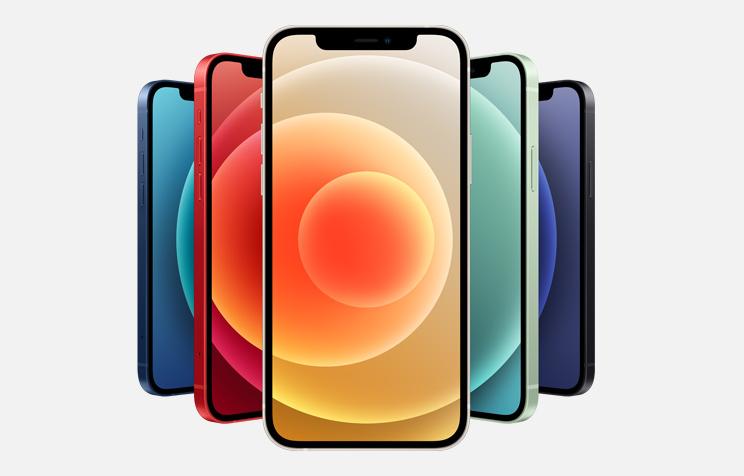Mobile phone designs have undergone an immense transformation since their inception. From bulky, cumbersome devices to sleek and sophisticated gadgets, mobile designs have played a pivotal role in shaping technology. Understanding the evolution of mobile phone design reveals how aesthetics and functionality blend to improve user experiences.
Early Mobile Phones: The Birth of Mobile Design
The First Mobile Phones and Their Basic Design
The first mobile phones were essentially mobile only in name. They were large, heavy devices with limited functionality. The Motorola DynaTAC 8000X, launched in 1983, is a prime example. Weighing around 2.5 pounds and resembling a brick, these phones featured a basic numeric keypad and an antenna, prioritizing function over form.
The Shift from Brick Phones to Sleek Models
As technology advanced, the design of mobile phones began to evolve. The early 1990s saw a shift towards smaller, more portable phones. Manufacturers focused on making devices slimmer and less cumbersome. The iconic Motorola StarTAC, released in 1996, introduced the clamshell design, signifying a move towards more user-friendly designs.
The Rise of Touchscreens and Thin Designs
Introduction of the First Touchscreen Phones
The mobile design landscape changed dramatically with the introduction of touchscreens. In the early 2000s, phones like the IBM Simon Personal Communicator hinted at the potential of touch interface. However, it was Apple’s iPhone in 2007 that revolutionized the industry. Its multi-touch capacitive touchscreen allowed for a more intuitive interaction with the device, setting a new standard.
The Trend Toward Slimmer, More Portable Phones
Following the touchscreen revolution, there was a focus on making phones as thin and light as possible. Smartphones became slimmer with each iteration, boasting high-resolution displays and robust processors. Companies like Samsung with their Galaxy series and Apple with subsequent iPhone models set trends for ultra-thin designs, emphasizing portability without sacrificing features.
The Era of Foldable Phones: A New Frontier in Mobile Design
What Makes Foldable Phones Different?
Foldable phones represent the latest innovation in mobile phone design. Unlike traditional smartphones, foldable phones offer a flexible display that can be transformed into a tablet-like screen. This innovation allows for greater multitasking capabilities and provides a more immersive viewing experience. The dynamic nature of foldable designs, blending compactness with expanded display options, signifies a significant leap forward.
The Huawei Mate X6 and the Future of Foldable Phones
The Huawei Mate X6, set to be released in November 2024, exemplifies this new era. This device features a 6.45-inch outer display and a 7.93-inch foldable inner screen, both using OLED technology. With HarmonyOS 4.3, dual SIM support, and a myriad of AI-driven features, the Mate X6 showcases the potential of foldable phones to redefine mobile technology. Enhancements like AI smart control keys, dynamic photos, and advanced multitasking elevate the user experience, marking it as a frontrunner in the next wave of mobile innovation.

How Are Materials Changing Mobile Phone Design?
The Shift to More Durable and Premium Materials
Mobile phones are no longer just functional devices; they are also fashion statements. There has been a notable shift to premium materials like glass and metal, which offer durability and a sleek aesthetic. Devices like those in Samsung’s Galaxy and Apple’s iPhone lines incorporate Gorilla Glass and aluminum frames, making them both sturdy and visually appealing.
The Impact of Glass and Metal on Aesthetics and Durability
The incorporation of materials like Gorilla Glass and aerospace-grade aluminum has greatly impacted mobile phone design. These materials not only add to the phone’s aesthetic appeal but also enhance durability. Users now enjoy devices that are less prone to scratches and damage, without compromising on elegance. The Huawei Mate X6, for instance, uses second-generation Kunlun glass, ensuring both robustness and a premium look.
What’s Next for Mobile Phone Designs?
Emerging Trends in Foldable and Flexible Displays
Future mobile phone designs are likely to focus on even more flexible and adaptable displays. Innovations in foldable technology may lead to devices that can expand and contract seamlessly, offering various display sizes. This adaptability will further enhance the user experience, making technology more integrated and versatile in daily life.
The Role of AI and Smart Features in Future Designs
AI will continue to play a significant role in the evolution of mobile phone design. Features like AI-driven user interfaces, personalized experiences, and advanced automation are just the beginning. Devices will become smarter, anticipating user needs and delivering functionalities tailored to individual preferences. The Huawei Mate X6’s AI features such as dynamic photos and smart control are early indicators of this trend.
Conclusion
The evolution of mobile phone designs is a testament to human ingenuity and technological progress. From brick-sized devices to sleek touchscreens and innovative foldables, each milestone has improved user experiences and functionality. The future holds exciting possibilities, particularly with advancements in foldable technology and AI integration. Phones like the Huawei mate x6 showcase the potential for even more transformative designs, heralding a new era in mobile technology.











